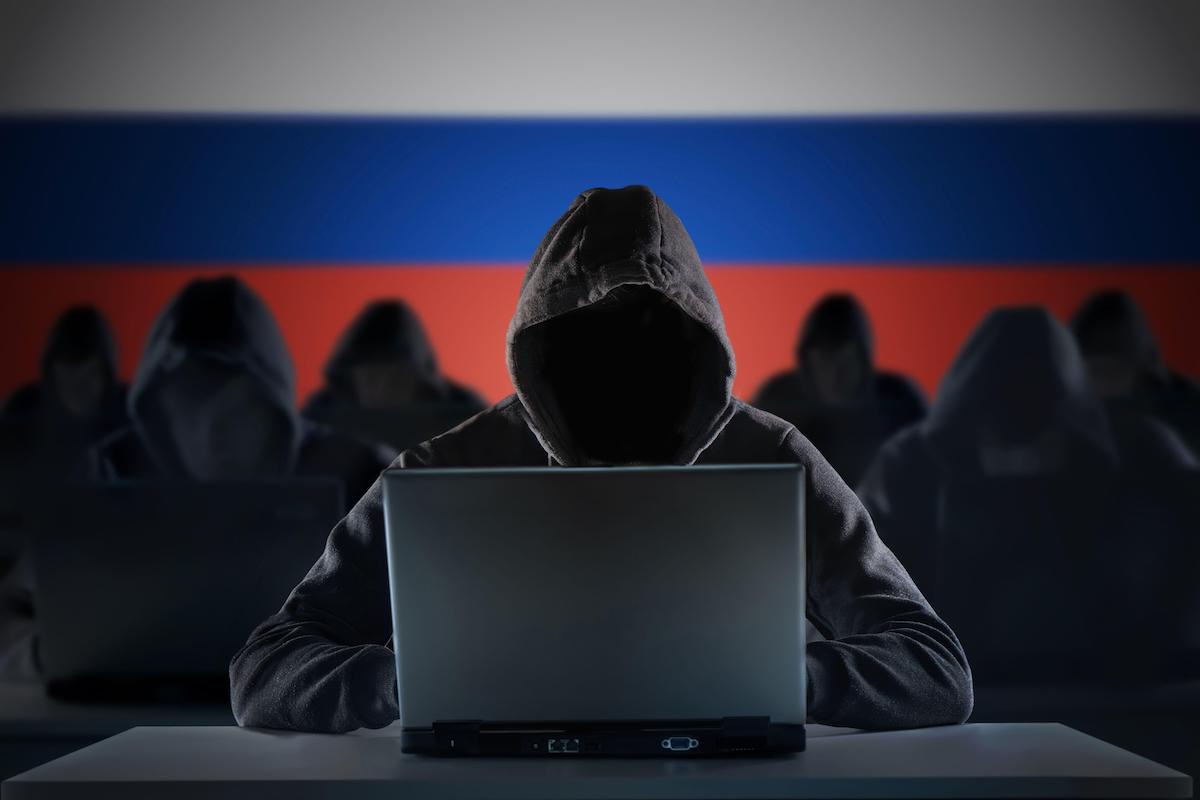The Cybersecurity and Infrastructure Security Agency (CISA) has joined forces with the FBI in an effort to combat the Cl0p ransomware gang. In a bid to encourage individuals to come forward with information on the group’s activities, a reward of up to $10 million is being offered.
The Cl0p ransomware gang, believed to be Russian, has been responsible for extorting numerous victims by threatening to release their private data. Notably, this group has targeted agencies within the United States government itself. The gang has recently exploited vulnerabilities in MOVEit software, including CVE-2023-35708, CVE-2023-34362, and CVE-2023-35036.
The US Department of State’s “Rewards for Justice” program made the announcement about the reward on Twitter. The program’s tweet encourages individuals to provide any information linking the Cl0p ransomware gang or other malicious cyber actors targeting critical infrastructure in the US to a foreign government. The tweet reads: “Do you have info linking Cl0p ransomware gang or any other malicious cyber actors targeting US critical infrastructure to a foreign government? Send us a tip. You could be eligible for a reward.”
The tweet also includes an image that specifies the reward amount and the actions that would qualify for the reward. It states: “Reward up to $10 million. For information on the identification or location of any person who, while acting at the direction or under the control of a foreign government, participates in malicious cyber activities against US critical infrastructure in violation of the Computer Fraud and Abuse Act. Send us your information on Signal, Telegram, WhatsApp, or via our Tor-based tip line below.”
Given the potential risks and threats associated with the Cl0p ransomware gang, the messaging systems recommended by the US State Department are all known for their encryption capabilities. This ensures the security and confidentiality of any information shared by individuals with regards to the gang’s activities.
The collaboration between CISA and the FBI, along with the generous reward being offered, highlights the severity of the threat posed by the Cl0p ransomware gang. By encouraging individuals to come forward with information, the authorities are hoping to gather intelligence that will aid in tracking down and prosecuting the criminals behind this cybercrime operation.
It is important to note that the $10 million reward is an indication of the significance and urgency of the situation. The Cl0p ransomware gang has already victimized numerous organizations, including government agencies, and the potential for further damage is a cause for great concern. By offering this substantial reward, the authorities are demonstrating their commitment to bringing the perpetrators to justice and protecting critical infrastructure from future attacks.
As cybersecurity threats continue to evolve and grow more sophisticated, cooperation and collaboration between government agencies, law enforcement, and the private sector are crucial. The partnership between CISA and the FBI, as well as the involvement of the “Rewards for Justice” program, demonstrates a united front against cybercriminals and a dedication to safeguarding critical infrastructure in the US.
In conclusion, the joint efforts of CISA and the FBI, along with the offer of a $10 million reward, illustrate the seriousness of the situation posed by the Cl0p ransomware gang. By incentivizing individuals to provide information, the authorities hope to gather crucial intelligence that will aid in the identification and prosecution of the cybercriminals responsible for these attacks. The cooperation between government agencies and the private sector, as well as the encrypted messaging systems suggested by the US State Department, are essential in ensuring the security of any information shared. Ultimately, this collaborative approach serves as a reminder of the ongoing battle against cyber threats and the importance of proactive measures in protecting critical infrastructure.
